Copyright 2012 neutronsources.org | All rights reserved. | Powered by FRM II | Imprint / Privacy Policy
Software for data evaluation
- Control Software
- Data Formats
- Data Analysis and Visualization
- Monte Carlo Simulation
- Neutron Scattering Software Resources
- General Software Resources
Click on the software name to know more.
Control Software

NICOS

The Networked Instrument COntrol System (NICOS) is the link between the scientific instruments and visiting researchers during neutron experiments. The software, originally developed at the Heinz Maier-Leibnitz Center (MLZ), is now in demand worldwide and is increasingly expanding its user community.
Data Formats

NeXus: Neutron and X-ray Data Format
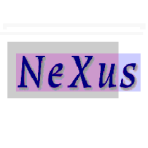
NeXus is developed as an international standard by scientists and programmers representing major scientific facilities in Europe, Asia, Australia, and North America in order to facilitate greater cooperation in the analysis and visualization of neutron, x-ray, and muon data.

Collective Action for Nomadic Small-Angle Scatterers 1D Standard (canSAS1d)
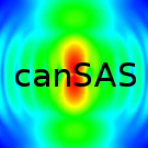
The canSAS1d data format is used to communicate one-dimensional reduced small-angle scattering data. It is a text format and is based on XML.

Crystallographic Binary Format (CBF/imgCIF)
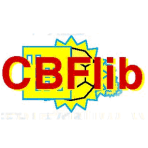
An API for CBF/imgCIF
Crystallographic Binary Files with ASCII Support

Hierarchical Data Format (HDF)

HDF is a data model, library, and file format for storing and managing data that is in widespread use by the neutron and x-ray scattering communities, e.g., it is used by the NeXus data format. There are two versions of HDF: HDF4 and HDF5. HDF5, which is now recommended for new applications, supports an unlimited variety of datatypes, and is designed for flexible and efficient I/O and for high volume and complex data.
Data Analysis and Visualization

BornAgain: simulate and fit grazing-incidence scattering

BornAgain uses Distorted Wave Born Approximation (DWBA) to compute scattering images for X-ray or neutron scattering (GISAXS, GISANS). Polarized neutrons are also supported. Samples can be composed of arbitrarily complex multilayers with smooth or rough interfaces, and with various types of embedded nanoparticles.

Data Analysis for Neutron Scattering Experiments (DANSE): distributed data analysis project
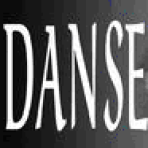
DANSE is a software development project on distributed data analysis for neutron scattering experiments. You are welcome to browse this site to find documentation on the software or neutron scattering, and to make comments in the public access pages.

DAWN: Data Analysis WorkbeNch
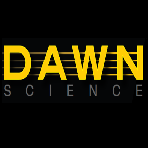
DAWN is an open source software built on the Eclipse/RCP platform in order to scale to address a wide range of applications and to benefit from the workbench and advanced plugin system implemented in Eclipse.
The main institutes developing DAWN are the Diamond Light Source and the European Synchrotron Radiation Facility.

DiffPy Complex Modeling Initiative (DiffPy-CMI)
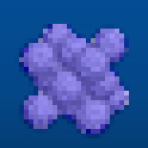
DiffPy-CMI is a collection of Python modules for storage and manipulation of structure data, calculation of structure-based quantities, such as PDF, SAS, bond valence sums, atom overlaps, bond lengths, coordinations, and a fitting framework for combining multiple experimental inputs in a single optimization problem.

Open Genie: interactive data analysis and visualization
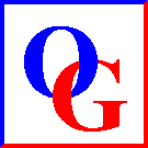
This site hosts the new Open GENIE manual, which is generated from Doxygen comments within the GCL code. As migrating all the old documentation will take some time, most of the information here currently only covers Open GENIE in its instrument control roll. Thus for data analysis purposes, you may wish to instead use:

ISAW: Java data visualization

DAVE: Data Analysis and Visualization Environment
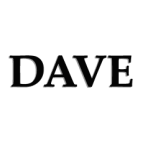
DAVE is an integrated environment for the reduction, visualization and analysis of inelastic neutron scattering data. It is built using IDL (Interactive Data Language) from ITT Visual Information Solutions,* which is a cross-platform application development tool with built-in graphics. All efforts have been made to ensure that DAVE is supported on Linux, Windows and MacOS X. It is available at no cost to users in two forms. The first is as a binary executable with an embedded IDL runtime license which can be used by anyone running on any of the three supported operating systems. In addition, for those who have an IDL development license, the complete source code for DAVE is also available.

Mag2Pol: analysis of X-ray and (polarised) neutron diffraction data
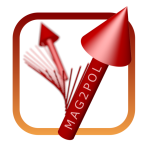
Mag2Pol is an easy-to-use program for the analysis of X-ray and (polarised) neutron diffraction data. The latest release introduces Rietveld refinement and further tools for a user-friendly analysis of powder data.
Mag2Pol is a program for the analysis of single-crystal and powder diffraction data, both for X-rays and neutrons. Nuclear and magnetic structures including structural twin and magnetic domain populations can be refined from spherical polarimetry and flipping ratio data as well as from integrated intensities.
The upgrade to Mag2Pol version 4 is fully devoted to powder diffraction. It features Rietveld refinement and an interactive GUI for the treatment of powder diffraction data following the intuitive and user-friendly style throughout the rest of the program. A correlated refinement with polarised or unpolarised single-crystal data is possible without the need of changing the input file.
Batch refinement allows to use a refined structure model to analyse a series of powder patterns as a function of e.g. temperature, doping, etc., and to plot refined parameters with just a few clicks. The pattern plotter can be used to subtract/offset patterns or to visualize them in 1D, 2D and even 3D.
Mag2Pol is available for Windows, macOS and Linux and can be obtained together with examples and more documentation on www.ill.eu/mag2pol.

Mantid: High-performance application framework for neutron data
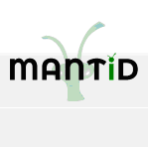
The Mantid project provides a framework that supports high-performance computing and visualisation of scientific data.Mantid has been created to manipulate and analyse Neutron and Muon scattering data, but could be applied to many other techniques.The framework is open source and supported on multiple target platforms (Windows, Linux, Mac).

Frida: data reduction and analysis for quasielastic neutron scattering

Frida (“Flexible rapid interactive data analysis”) is a versatile data analysis program with special routines for inelastic neutron scattering.

Multi-FRILLS: interactive least-squares fitting of multiple data sets
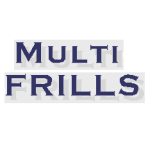
Multi-FRILLS is a subroutine library designed to be used in programs that perform interactive non-linear least-squares fitting of a parametrized function to one or more sets of data points. It provides a flexible and easy-to-use interface to a least-squares fitting routine with the minimum of programming on the user’s part. The simplest use of Multi-FRILLS is to fit a function to a single set of data points, e.g. counts as a function of time in a single detector. More sophisticated programs can fit several data sets simultaneously, with some parameters global to all data sets and others specific to a particular data set.

KUPLOT: data plotting and fitting software
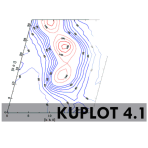
KUPLOT is a universal data plotting program, that can be used to visualize DISCUS or PDFFIT results as well as for other plotting purposes. The program also offers simple data analysis and data fitting functions.

List of Reflectometry Software

This page provides links to accounts of software and computer programs for analysis of neutron reflectivity data, descriptions of neutron reflection facilities, and more general descriptions of the principles and theory of neutron reflectometry.

List of Small-Angle Scattering Software
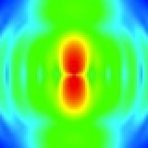
Here you can find a List of Small-Angle Scattering Software.

ILL/TAS: Matlab probrams for analyzing triple axis data
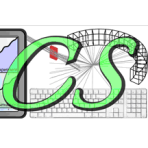
The CS Group has developed programs to treat and model many instruments. Principal packages are shown first.

GSAS: Rietveld analysis of neutron and x-ray powder data
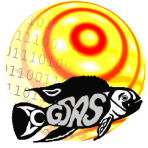
GSAS is a set of programs for the processing and analysis of both single crystal and powder diffraction data obtained with x-rays or neutrons. It is capable of handling all of these types of data simultaneously for a given structural problem. In addition, it can handle powder diffraction data from a mixture of phases refining structural parameters for each phase. GSAS is designed to be easy to use and features a menu driven editor (EXPEDT) equipped with help listings and error trapping features.

FullProf: Rietveld analysis of neutron and x-ray powder data
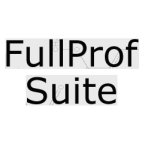
The FullProf Suite (for Windows and Linux) is formed by a set of crystallographic programs (FullProf, WinPLOTR, EdPCR, GFourier, etc…) mainly developed for Rietveld analysis (structure profile refinement) of neutron (constant wavelength, time of flight, nuclear and magnetic scattering) or X-ray powder diffraction data collected at constant or variable step in scattering angle 2theta.

ORTEP: Oak Ridge Thermal Ellipsoid Plot program for crystal structure illustrations
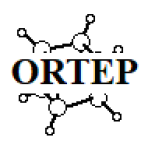
The Oak Ridge Thermal Ellipsoid Plot program is a computer program, written in Fortran, for drawing crystal structure illustrations. Ball-and-stick type illustrations of a quality suitable for publication are produced with either spheres or thermal-motion probability ellipsoids, derived from anisotropic temperature factor parameters, on the atomic sites. The program also produces stereoscopic pairs of illustrations which aid in the visualization of complex arrangements of atoms and their correlated thermal motion patterns.

PDFgetN: generation of atomic pair distribution functions from neutron tof powder diffraction
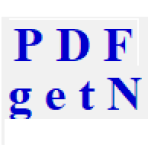
PDFgetN is a data analysis package used to generate pair distributions functions (PDF’s) using neutron powder diffraction data collected at neutron spallation sources. The output of the package is the total scattering structure function, S(q), and reduced radial distribution function, G® containing the data as well as the parameters used to create the files.

PDFFIT: structural refinement of Pair Distribution Function data

PDFFIT is a program for the full profile structural least square refinement of the atomic pair distribution function (PDF). User defined relatioships between structural parameters and refinement variables make the program very flexible. The simultaneous refinement of multiple phases and/or data sets is also possible.

SasView
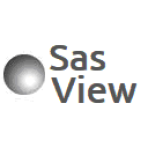
SasView is a Small Angle Scattering Analysis Software Package, originally developed as part of the NSF DANSE project under the name SansView, now managed by an international collaboration of facilities. SasView is an open source project currently hosted at sourceforge.

Software package SASfit
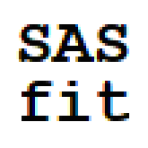
Software package SASfit for fitting small-angle scattering curves.
SASfit has been written for analyzing and plotting small angle scattering data. It can calculate integral structural parameters like radius of gyration, scattering invariant, Porod constant. Furthermore it can fit size distributions together with several form factors including different structure factors. Additionally an algorithm has been implemented, which allows to simultaneously fit several scattering curves with a common set of (global) parameters. This last option is especially important in contrast variation experiments or measurements with polarised neutrons. The global fit helps to determine fit parameters unambiguously which by analyzing a single curve would be otherwise strongly correlated. The program has been written to fulfill the needs at the small angle neutron scattering facility at PSI.

xtal-3d: 3D crystal structure VRML generator
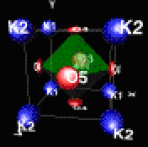
xtal-3d is an application to generate VRML files representing 3D crystal structures, such as the examples in our 3D crystal structure gallery. xtal-3d was written by Marcus Hewat during an (unpaid) 1994 student vacation job at ILL Grenoble. It was originally written for Silicon Graphics’ Inventor format, which later became VRML-1, but now runs on many other kinds of computer (PC, Macintosh and Unix). The WWW version is used with ICSD for WWW, our inorganic structure database. Actually the application is most commonly used as a simple command-line program called xtal-3c while xtal-3d usually includes the GUI interface.

aClimax: modeling of inelastic neutron spectroscopy using Density Functional Theory
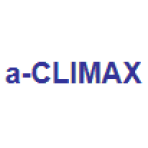
INS simulation based upon existing vibration data designed to produce a spectrum that may be compared with experimental data.

SpinWaveGenie: computational tool for carrying out spin wave calculations
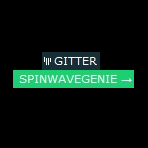
SpinWaveGenie is a computational tool for carrying out spin wave calculations. While developing spin wave models to characterize magnetic interactions in materials, we have looked for opportunities to abstract and automate large portions of this analysis and modeling process. By collecting and connecting these generic pieces in a software library, we have substantially reduced the time to complete one of these calculations.
Monte Carlo Simulation

DISCUS: diffuse scattering and defect structure simulation
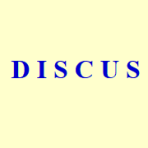
DISCUS is a program written to simulate crystal structures and to calculate the corresponding Fourier transform. The main scope of the program is to simulate defect structures and thus diffuse scattering. It can, however, be equally well used for the simulation of perfect structures, of non crystalline materials and can be used as a very efficient tool in the teaching of diffraction physics.

McStas: Monte Carlo simulation of neutron scattering instruments
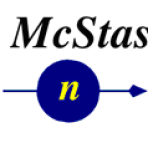
McStas is a general tool for simulating neutron scattering instruments and experiments. It is actively supported by DTU Physics, NBI KU, PSI and ILL.

Reverse Monte Carlo modelling and analysis
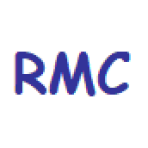
If you have neutron or X-ray diffraction data for disordered materials as liquids, or amorphous solid materials, and you are interested in their structure, then you can build 3-D structural models with RMC in good agreement with the experimental data.

VITESS: Virtual Instrumentation Tool for neutron scattering at pulsed and continuous sources

Using VITESS: Virtual Instrumentation Tool for neutron scattering at pulsed and continuous sources, you can simulate a large variety of instruments at all major current and future neutron sources, including the European Spallation Source (www.esss.se), which is currently being designed. VITESS is supported by a graphical user interface (GUI), making it simple for you to compose your instrument and run simulations. You can use VITESS on a Windows, Linux or Macintosh computer. Simply choose the appropriate download file on the right and install VITESS on your computer. The VITESS installation includes some example instruments to demonstrate the main features of the program. You can also use the examples as an initial aid for your own instruments.

IDEAS:Instrument Design and Experiment Assessment Suite

IDEAS has adopted standard specifications for both the neutron parameters and the subroutine interface structure. This not only ensures the smooth passage of data between the modules, but also guarantees the reusability of existing modules. In addition, users can readily incorporate their own modules coded in C or Fortran.
Neutron Scattering Software Resources
Only Rietveld software for DOS/MS-Windows/PCs and Macs that allows convenient viewing of Rietveld Difference plots is hopefully included.

Collaborative Computational Project (CCP14): Single Crystal and Powder Diffraction
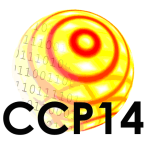
Funding ceased nearly 5 years ago for CCP14 and it is shame it has whithered away. We welcome any feedback from the community how useful CCP14 is and as to whether it should continue. Anyone with suggestions or means of funding will be most valuable. Any comments, please email willb@ri.ac.uk.

LiveDVD for testing/installing software (July 2013)
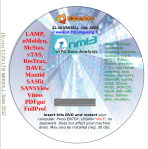
The Data Analysis workpackage and the Computing for Science group at the ILL, provide a ready to run LiveDVD (bootable) which includes a set of neutron scattering software. It runs out of the box, does not affect your current installed system, and can optionally be installed on a hard disk (create an empty partition/area so that the installer use it). This is especially suited for testing software, schools/workshop/tutorials, and system deployment.

SpinWave
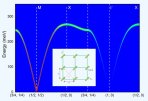
An easy-to-use and versatile software to calculate spin waves in any abitrary magnetic lattice. Since the 1950’s, spin wave theory has been of fundamental importance in condensed matter physics. Spin waves are obtained from the linearization of the equation of motion, and can be seen as precession modes of the magnetically ordered structure, with typical energies of a few meV (or THz). Spin wave dispersions are routinely measured by neutron spectroscopy, and provide information about the coupling between spins and magnetic anisotropy parameters. A spin wave calculating code, SpinWave, has been developed at the Laboratoire Léon Brillouin and is now freely available: http://www-llb.cea.fr/logicielsllb/SpinWave/SW.html.
General Software Resources

EPICS: Experimental Physics and Industrial Control System
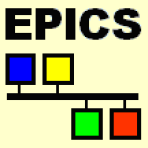
EPICS is a set of Open Source software tools, libraries and
applications developed collaboratively and used worldwide to create distributed soft real-time control systems for scientific instruments such as a particle accelerators, telescopes and other large scientific experiments.

NIST Guide to Available Mathematical Software
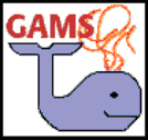
A cross-index and virtual repository of mathematical and statistical software components of use in computational science and engineering.

List of Free Fortran Libraries
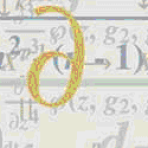
Here is a list of general libraries.

PGPLOT: Fortran graphics package
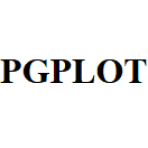
The PGPLOT Graphics Subroutine Library is a Fortran- or C-callable, device-independent graphics package for making simple scientific graphs. It is intended for making graphical images of publication quality with minimum effort on the part of the user. For most applications, the program can be device-independent, and the output can be directed to the appropriate device at run time.

The Colt Distribution: scientific and technical computing in Java
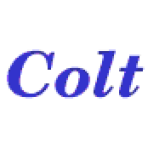
Colt provides a set of Open Source Libraries for High Performance Scientific and Technical Computing in Java.

Introductory Java for scientists and engineers
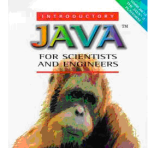
Introductory Java for Scientists and Engineers provides an extremely accessible and thorough introduction to Java for science and engineering students.

IRAF: Astronomy Image Reduction and Analysis Facility
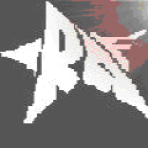
IRAF is the Image Reduction and Analysis Facility, a general purpose software system for the reduction and analysis of astronomical data.

SpinW

SpinW (link to http://www.spinw.org) is a Matlab library that can plot and numerically simulate magnetic structures and excitations of given spin Hamiltonian using classical Monte Carlo simulation and linear spin wave theory.
